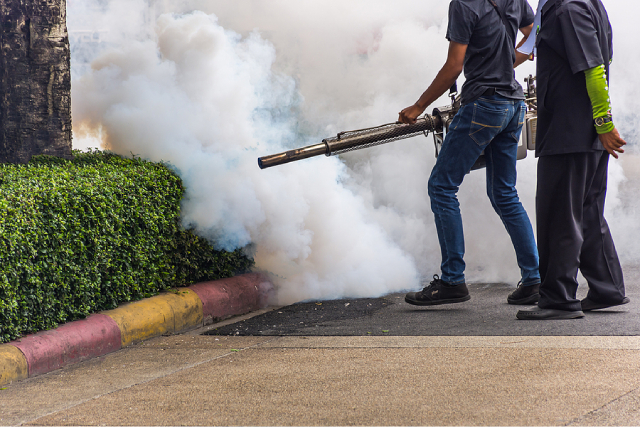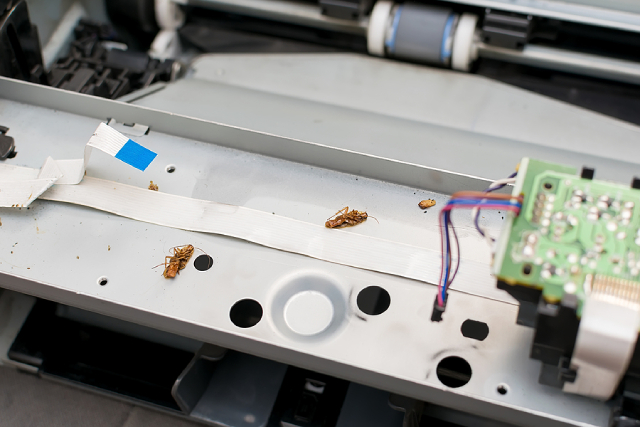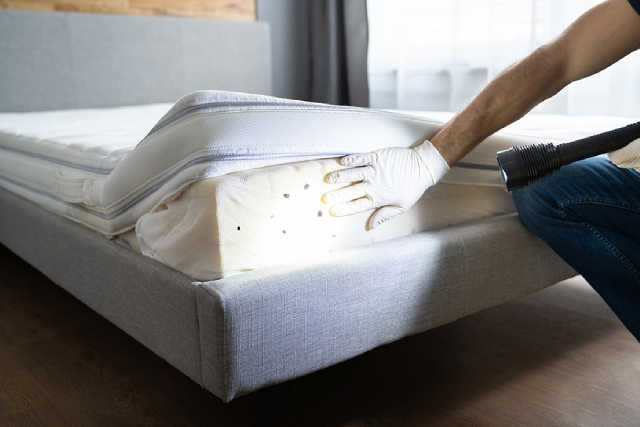Hospitals are places where people go to heal. Whether it’s for a short consultation or an extended stay, the expectation is always the same: safety, cleanliness, and comfort. Patients may be recovering from surgery, illness, or injury, and their immune systems are often weaker. This makes them more vulnerable to complications that can come from the slightest breach of hygiene.
It goes without saying that hospitals must meet the highest standards of cleanliness. After all, lives are at stake. From sanitised tools to sterile rooms, every corner of a healthcare facility is expected to be kept immaculate. One thing that absolutely should not be part of any hospital environment? Pests. From ants and flies to rats and termites, pests pose a serious threat to the integrity of hospital hygiene, not to mention the well-being of patients and staff alike.
Why pests are a problem in healthcare facilities
Unlike offices or homes, hospitals have several vulnerable zones. Food preparation areas, patient wards, waste disposal zones, and storage rooms all offer ideal hiding and breeding spots for pests. Left unchecked, even a small infestation can quickly turn into a serious problem.
Rodents and cockroaches are notorious for carrying harmful bacteria. These can easily spread to medical equipment, food trays, or bed linens. Subterranean termites can cause structural damage to buildings, while drywood termites typically affect wooden elements like doors, window frames, and furniture. With so many people moving in and out of hospitals every day – from patients and doctors to cleaners and delivery personnel – pests can hitch a ride and spread fast.
Moreover, pests can trigger allergies, especially in patients who are already dealing with respiratory issues or compromised immune systems. A single pest sighting in a hospital ward can also affect patients’ peace of mind, adding stress to an already difficult experience.
Common pests found in hospitals
Different types of pests thrive in different areas of a hospital. Here are some of the most common offenders:
- Rodents like rats and mice are drawn to leftover food, waste, and even medical supplies. They can chew through packaging and leave behind droppings that are health hazards.
- Cockroaches are especially dangerous in healthcare settings because they can carry and spread bacteria like E. coli and salmonella.
- Ants, though tiny, can become a huge problem in food preparation areas or patient rooms where food crumbs are left behind.
- Drywood termites, unlike their subterranean cousins, don’t need soil to survive and can live in hospital furniture or structural woodwork, causing quiet but serious damage.
Drywood termite infestations are particularly concerning. They can go unnoticed for a long time as these termites live deep inside wood and don’t leave mud tubes on surfaces. Over time, this can compromise furniture and fittings in critical areas like operating theatres or emergency wards. That’s why drywood termite treatment is absolutely essential in medical environments.
The impact on health, hygiene, and reputation
Hospitals serve as centres of healing, but the presence of pests can directly contradict this purpose. Infestations may lead to the spread of infections, contamination of medical equipment, and even food poisoning if pests make their way into pantries or cafeterias.
There’s also a less obvious but equally important issue: trust. Patients and their families expect a hospital to be a clean and safe space. A single social media post or review mentioning a pest sighting can harm the hospital’s reputation significantly. For healthcare facilities seeking national or international accreditation, even a minor pest issue can cause big setbacks.
From a regulatory perspective, hospitals in Singapore are subject to strict guidelines around hygiene and sanitation. Maintaining a pest-free environment is part of that. Failing to do so may result in penalties or even temporary closure in extreme cases. For these reasons, engaging in reliable pest control in Singapore is a necessity.
Preventive measures make all the difference
Effective pest management in hospitals begins with prevention. Here are a few key strategies hospitals can adopt:
1. Routine inspections: Regular checks of high-risk areas help catch potential infestations early.
2. Proper waste management: Ensuring that rubbish is disposed of quickly and correctly, especially medical waste, reduces the chances of attracting pests.
3. Sealing entry points: Gaps in walls, doors, and windows should be sealed to block common pest entryways.
4. Cleanliness training for staff: Every hospital staff member plays a role in maintaining hygiene. Teaching them how to identify signs of pest activity can go a long way.
While in-house staff can help monitor and clean, nothing replaces the value of professional pest control services. Experts know what to look for, which treatments are safest for medical environments, and how to provide long-term solutions rather than temporary fixes.
Conclusion
The presence of pests in a hospital setting is a genuine risk to patient safety, hospital operations, and reputation. From rodent infestations to hidden termite damage, the consequences can be serious if proper steps aren’t taken.
Maintaining a pest-free environment is a shared responsibility, but when it comes to professional support, you’ll want someone reliable and responsive. That’s where PestClinic comes in. With years of experience in pest control in Singapore, we provide safe, effective, and discreet services tailored for healthcare settings. Whether it’s routine maintenance or targeted drywood termite treatment, PestClinic ensures your hospital remains a true place of healing – clean, secure, and pest-free.













